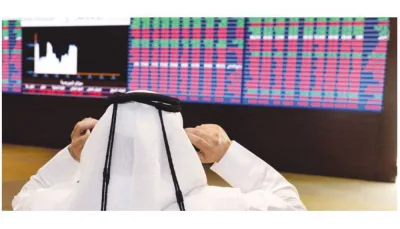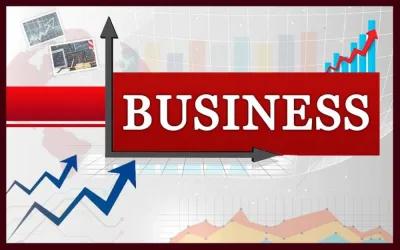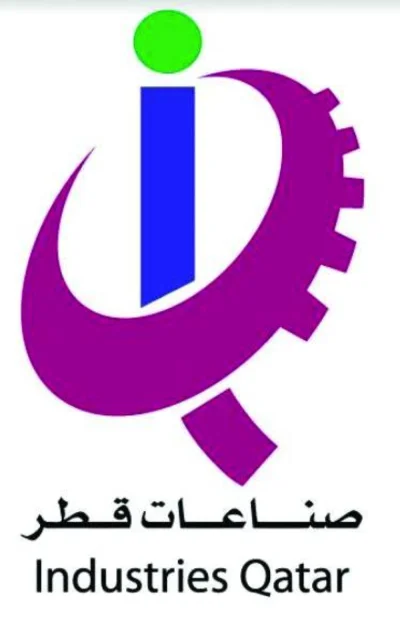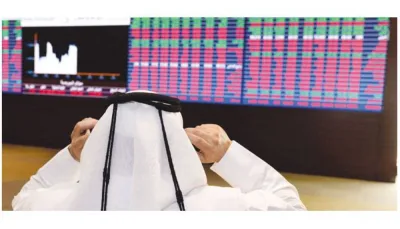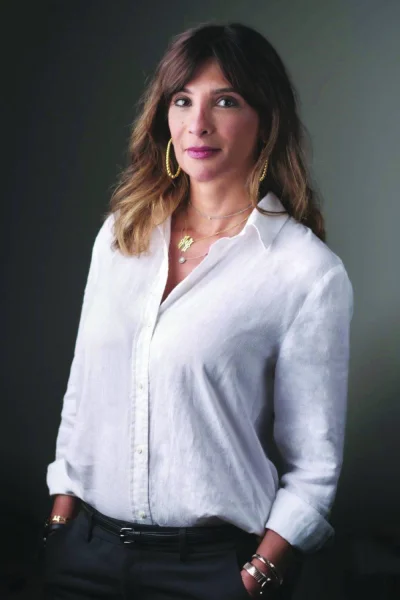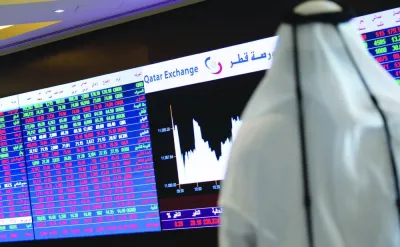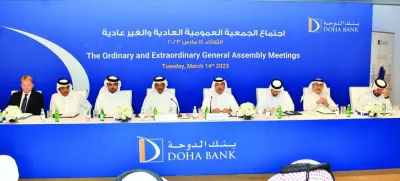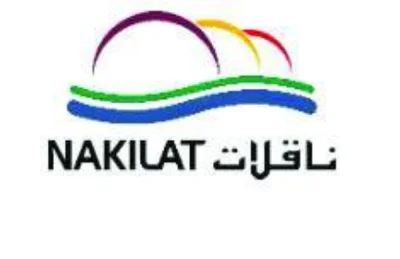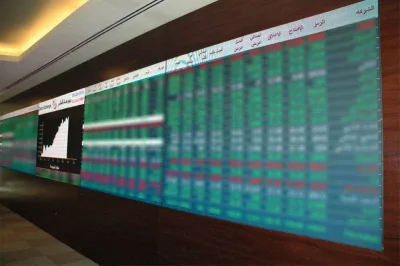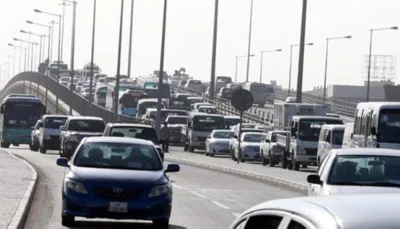The Qatar Stock Exchange (QSE) on Sunday witnessed strong buying interests in the telecom, banks and insurance counters but overall it closed flat.The local retail investors were increasingly net buyers as the 20-stock Qatar Index settled mere 0.01% down to 9,908.69 points, although the previous week was marred by fragile investor sentiments in the global markets, following the US banks’ contagion.The market, which was skewed towards gainers, touched an intraday low of 9,795 points.The Gulf individual investors were seen net buyers in the main market, whose year-to-date losses widened marginally to 7.23%.Nevertheless, more than 51% of the traded constituents extended gains in the main bourse, whose capitalisation was up QR0.03bn or 0.01% to QR571.15bn, mainly on account of microcap segments.The foreign institutions’ net selling weakened in the main market, which saw a total of 0.21mn exchange traded funds (sponsored by Masraf Al Rayan and Doha Bank) valued at QR0.67mn changed hands across 29 deals.However, the domestic funds were seen net profit takers in the main bourse, which saw no trading of sovereign bonds.The Islamic index was seen declining faster than the main barometer of the main market, which saw no trading of treasury bills.The Total Return Index was up 0.09% and All Share Index by 0.13%, while Al Rayan Islamic Index (Price) shed 0.62% in the main bourse, whose trade turnover and volumes were on the decline.The telecom sector soared 1.58%, banks and financial services (0.64%), insurance (0.57%) and real estate (0.06%); while transport declined 1.93%, consumer goods and services (0.55%) and industrials (0.54%).Major shakers in the main market included Milaha, Baladna, Qamco, Al Khaleej Takaful, Woqod and Mekdam Holding.Nevertheless, Qatar General Insurance and Reinsurance, Zad Holding, Inma Holding, Dlala, Masraf Al Rayan, Qatar Islamic Bank, Doha Bank, Lesha Bank, Mannai Corporation, Qamco, Qatar Insurance, Ooredoo and Nakilat were among the gainers in the main market. In the venture market, Al Faleh Educational Holding saw its shares appreciate in value.The domestic funds turned net sellers to the extent of QR14.29mn compared with net buyers of QR12.11mn on March 16.The foreign retail investors’ net selling increased noticeably to QR7mn against QR0.74mn the previous trading day.The Gulf institutions were net profit takers to the tune of QR1.25mn compared with net buyers of QR19.93mn last Thursday.The Arab individuals’ net selling strengthened marginally to QR0.71mn against QR0.57mn on March 16.The Arab institutions turned net sellers to the extent of QR0.04mn compared with net buyers of QR0.05mn the previous trading day.However, the local retail investors’ net buying expanded significantly to QR29.74mn against QR14.54mn last Thursday.The Gulf individual investors were net buyers to the tune of QR0.19mn compared with net sellers of QR0.28mn on March 16.The foreign institutions’ net profit booking decreased substantially to QR6.65mn against QR45.05mn the previous trading day.In the main market, trade volumes tanked 59% to 111.43mn shares, value by 70% to QR269.31mn and deals by 47% to 9,775.

Most Read Stories


